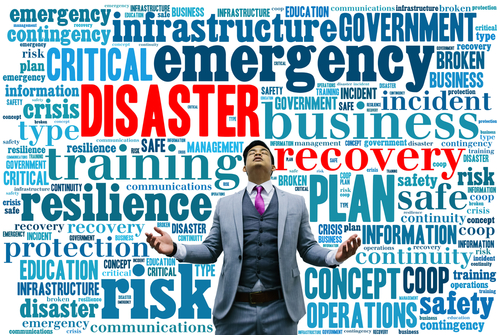 |
Everyday communications have never been faster or easier thanks to technology, but as a result, we all expect instant notification, especially in an emergency situation. For many regulated entities immediate communications are also a requirement when a hazardous release or other threat to the environment or public health and safety occurs. Bu this is just the tip of the crisis communications iceberg, and there are many other parties to consider in a comprehensive plan.
According to the DHS, business owners should begin by assessing the different potential audiences that will want or need to be in the communications loop, including:
- Clients and customers,
- Suppliers,
- Anyone impacted by an emergency, disaster or incident,
- Employees and their families,
- News media (local, state and national),
- The local community (particularly people living near the impacted facility),
- Corporate management, directors and investors, and
- Elected government officials, regulatory agencies, and other authorities.
For each potential audience, the DHS recommends creating an accessible list of contact information that should include each organization’s name, contact name, business and cell telephone numbers, a fax number, and an email address. These lists should be updated regularly and maintained in both electronic and paper format in such a way that they are immediately available at an emergency operations center or alternate location. real money magic spell
Provide Environmental Training that is painless and be confident your environmental compliance issues are covered. Get it Now.
For each audience, the DHS also notes that a process for notification should be prepared including:
- Who will be communicating (i.e., customer service may be trained to switch over from receiving orders to notifying customers of problems, but informing the media of a fatal accident requires the skills of someone well-versed in media relations and crisis communications),
- Protocols for assessing when the communications should be made including determining the level of immediacy necessary and the priority of people and events (i.e., upper management and other important stakeholders should not first learn about an incident on the news),
- Steps to complete community outreach including coordination with local public safety officials,
- A strategy for communicating with employees and their families to both inform them of injuries and fatalities and update them about when business will resume (this may involve human resources as well as upper management, depending upon the message), and
- A company media communications policy authorizing only specific individuals to speak with the media. This policy should be well known by all employees and authorized staff should be trained and, when possible, prepared in advance with talking points that clearly and concisely define the message.
Train Better in 2014
Environmental Training Library combines an extensive library of prewritten environmental training materials developed by BLR’s experts. Get it Now.
To assist authorized communicators with timely responses, specific messages may be created in advance, eliminating some of the pressure that is inherent in a crisis situation. The DHS recommends using risk assessment information, such as from regulatory activities or a business impact analysis (BIA), to identify scenarios requiring communications that may include many of the following:
- Injuries to employees or others
- Property damage to facilities,
- Liability associated with damage or injury to others,
- Interruptions of business operations,
- Chemical accidents or releases with the potential for off-site consequences, and
- Product quality issues.
These scripted messages should primarily attempt to define and answer specific questions that each audience might ask. For example, in the event of a chemical release, management is likely to want to know exactly what happened, when, and whether or not people were injured. At the same time the local community will want to find out if it safe to stay in their homes, how the company will prevent a recurrence of the incident, and what they should do to be reimbursed for any losses. Again, specificity is key to avoid any audience from feeling like they are being kept in the dark and to ensure consistent and accurate messages reach the right people as soon as possible.
